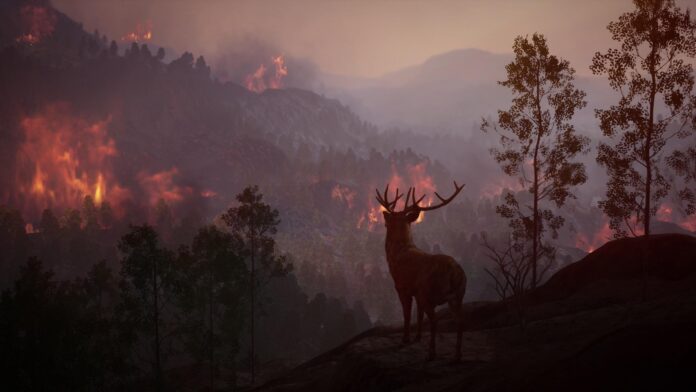Welcome to The Environmentalist, your column for understanding the natural world. Today we look at forest fires and the increasing need for urgent solutions.
Imagine your co-worker approaches you and tells you to go home. You ask them why, and they let you know that the forest fires have reached your neighbourhood and that you must evacuate — everything is ablaze. This is what happened to Jennifer Schweitzer, a victim of the California forest fires, who lost her home and family business. She is one of many that are losing their livelihoods to these increasingly frequent events, which are not just limited to California.
Forest fires are escalating in frequency and intensity, fuelled by climate change, human activity, insufficient forest areas, and poor land management. Beyond the visible damage, they leave myriad consequences behind, such as disrupted ecosystems, unbreathable air, and economic devastation. Here in British Columbia, last season’s wildfires resulted in 208 evacuations, affecting approximately 48,000 people.
But what is a forest fire? Britannica defines them as an uncontrolled fire occurring in vegetation more than 1.8 metres in height. A wider term is wildfire, which also describes fire affecting grasslands, brush lands, or crops.
But it’s not all gloom and doom — did you know wildfires can be controlled and can even be beneficial? Planned and regulated wildfires are referred to as prescribed or controlled burns, but to mitigate danger, they must be performed under tight safety parameters. Moreover, Indigenous people from North America, Africa, and Australia have long used fire to clear debris, remove undesired insects, and preserve biodiversity. Here in British Columbia, wildfires release valuable nutrients trapped in debris on the forest floor. They also open the forest canopy, which stimulates new growth and enables the reproduction of certain tree species, such as lodgepole and jack pine.
But we can’t deny the damage that uncontrolled fires cause — so how do we prevent them? First we need to understand what causes them. Risk of fire is driven by three main factors: oxygen in the air, heat to ignite, and dry fuel, like leaves, grass, branches, and any other organic materials. The main human activities that cause wildfires, whether accidental or intentional, range from open burning, equipment failure, cigarettes, and acts of arson. To prevent these fires we just need to break the fire triangle by taking away heat, fuel, or oxygen. This circles back to controlled fires, since they decrease the fuel loads, therefore reducing the risk of wildfires.
Wildfires are one of the scariest phenomena that occur on our planet, but with the use of Indigenous knowledge and better land management, we can reach a point where our forests are in balance and healthy.
Let’s not forget what The Lorax once said: “Unless someone like you cares a whole awful lot, nothing is going to get better.” So, let’s care.


